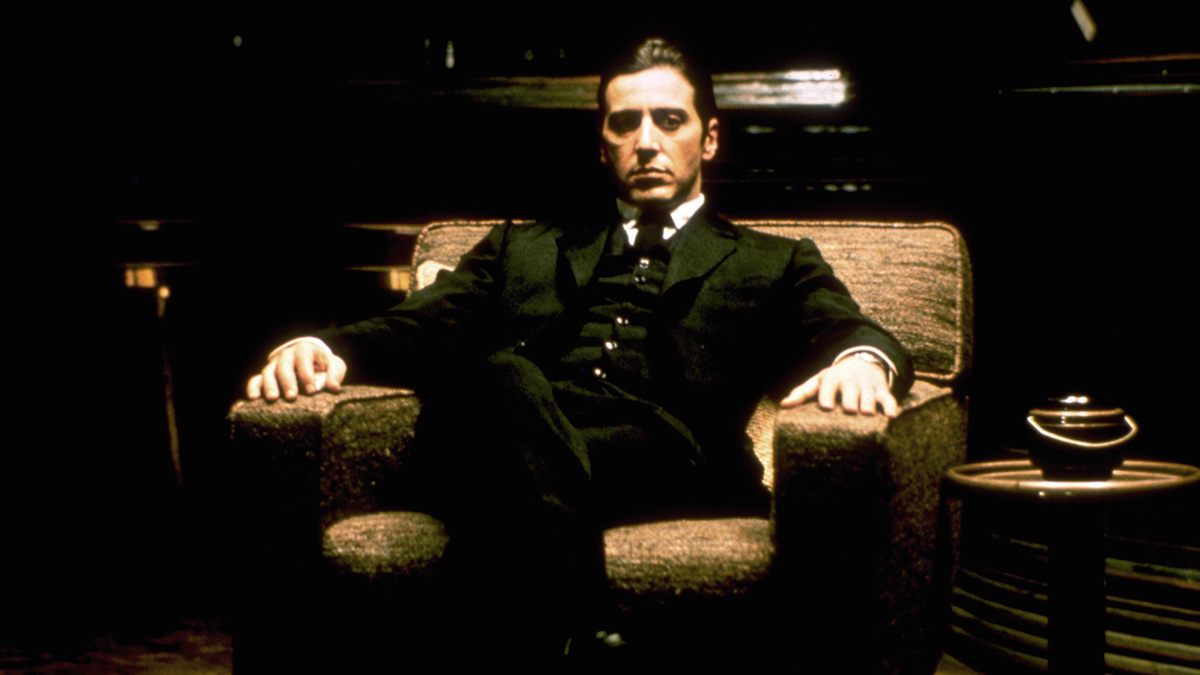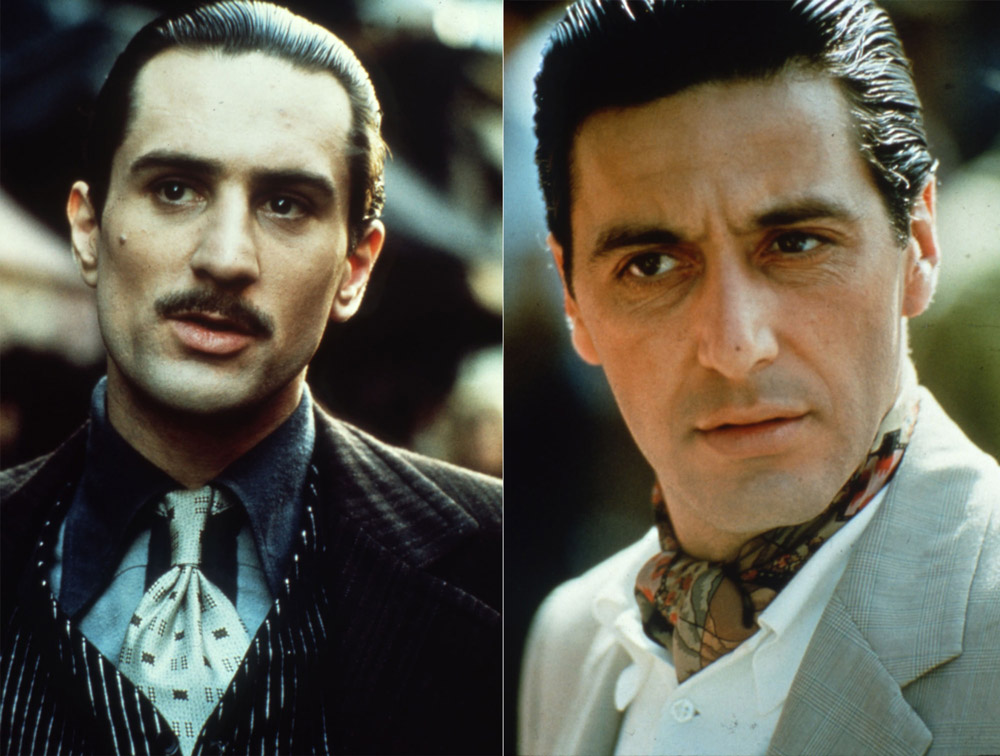
Copyright (C) 1974 by Paramount Pictures and The Coppola Company. All Rights Reserved. Restoration Copyright (C) 2007 by Paramount Pictures Corporation. All Rights Reserved. TM, (R) & Copyright (C) 2014 by Paramount Pictures. All Rights Reserved .
"The Godfather Part II" Francis Ford Coppola, who overlaps with Michael Corleone who gained enormous power
2019.03.20
Coppola, like Michael, had enormous freedom and power.
To begin with, Coppola was not keen on making a sequel to The Godfather . According to the commentary included on the DVD and Blu-ray, his relationship with Paramount's head of production, Robert Evans, and other producers was so strained that he found it difficult to work together . (1984), they teamed up again, but it fell apart in the worst possible way). Coppola said he wanted to be a producer and recommended Martin Scorsese instead, so that could have made for an interesting sequel.
However, Evans and other Paramount executives were convinced that Coppola was the only person who could be entrusted with creating a sequel that would inherit the prestige of the previous film. After much patient persuasion, an agreement was reached in which Coppola would serve as both director and producer, with full decision-making authority, a virtually unlimited budget, and a huge salary. The Godfather was such a success that it elicited unprecedented concessions from Paramount.
Coppola scrapped all the screenplays that Paramount had been developing (some of which had Mario Puzuo's participation), and decided to drop all the screenplays that Paramount had been developing (some of which had Mario Puzuo's participation), and decided to create a film about a father and son from different eras that he had been dreaming of for some time. I decided to apply the idea of 'linking two stories together'. We used the chapter depicting young Vito Corleone in the original work as a ``past part,'' and we tried to simultaneously move back and forth through the timeline to follow the story of his son Michael, who has become the new leader of a mafia family. I thought about it.

“The Godfather Part II” Copyright (C) 1974 by Paramount Pictures and The Coppola Company. All Rights Reserved. Restoration Copyright (C) 2007 by Paramount Pictures Corporation. All Rights Reserved. TM, (R) & Copyright (C) 2014 by Paramount Pictures . All Rights Reserved.
According to Coppola, although this screenplay is also jointly written with the original author Puzuo, he came up with the story for the ``modern day part'' in which Michael plays the main character (although it is set in the recent past, in the 1950s) by himself. That's what it means. The work process was the same as in the previous work, with Coppola and Puzuo mutually adding opinions and revising what they had written, but unlike the previous work, which was based on Puzuo's own adaptation of Puzuo's original work, this time. The scenario for the ``past part'' and the ``modern part'' was created under the leadership of Coppola.
However, Coppola did not only push for one-man productions. The essence of the original work is reflected here and there, and Coppola himself gives Puzuo's unique contribution to the tough exchanges between Tom Hagen (Robert Duvall) and Frank Pentangeli (Michael V. Guzzo) in prison. is recognized. The scene in which Michael's wife Kay (Diane Keaton) loses their unborn child was the idea of Coppola's sister, Talia Shire, who plays Connie.
Speaking of problems with the script, right before filming began, Al Pacino said, ``I won't star in this script.'' Coppola spent a weekend rewriting the film from scratch and finally got Pacino's approval. Coppola said, ``I think it was a Arrival for me to take writing the screenplay more seriously,'' and Coppola may have been a little nervous about the amount of freedom he had received.
Also, there were times when we were in a situation where we didn't know until the day of filming whether or not we would be able to shoot the final scene that we had originally planned. Marlon Brando remained reluctant to appear in the flashback scene in which the brothers gather to celebrate their father Vito's birthday. Coppola was having a lot of trouble, but late at night the day before filming, he came up with the idea that Vito would not show up, so he hurriedly wrote a different version of the script and managed to film the film without Brando. As a result, in ``PART II,'' the fact that Vito, played by Marlon Brando, is not shown at all has the effect of increasing the presence of the old Vito, which is a strange thing to make a movie.
By repeating the motifs of the previous work, it depicts transformation and collapse.

